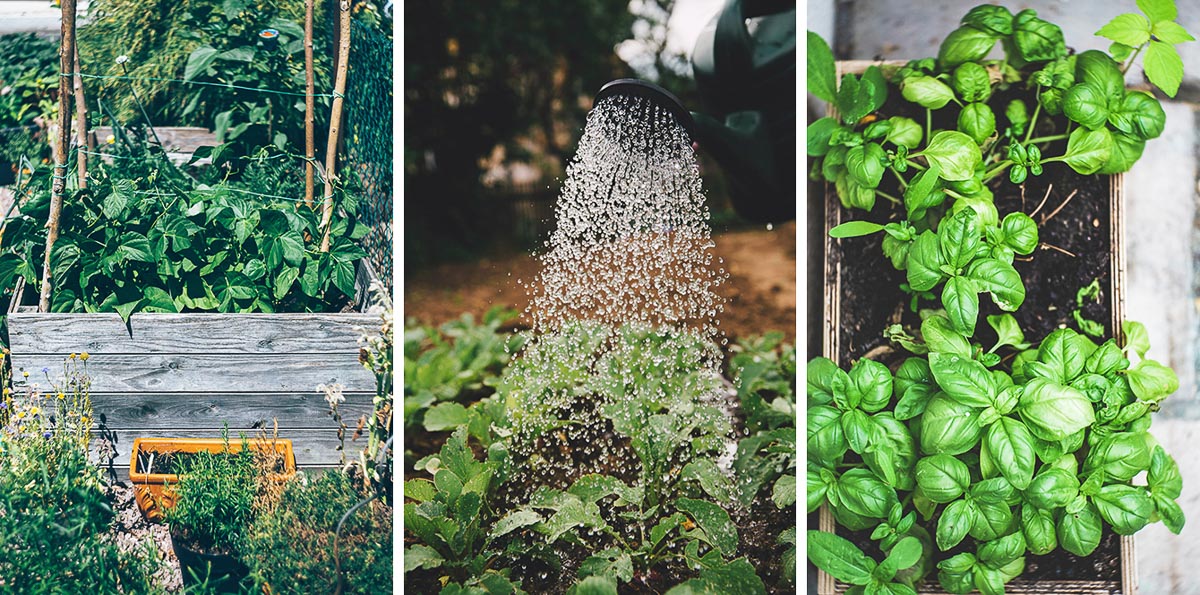The Ultimate Guide To City Blooming
The Ultimate Guide To City Blooming
Blog Article
The 15-Second Trick For City Blooming
Table of ContentsWhat Does City Blooming Mean?A Biased View of City BloomingAll About City BloomingEverything about City BloomingA Biased View of City Blooming
Fascinated in expanding food for sale in the City of Chicago? Below is a list of regularly asked questions pertaining to the policies and policies that growers ought to take into consideration when intending a city farming job.
The zoning modification does not customize any other codes managing composting, building permits, acquiring or renting City had residential or commercial property, business licenses or ecological contamination. There are existing codes that control these problems and they remain in full result and might apply to your project. Area yards are usually possessed or handled by public entities, civic organizations or community-based organizations and preserved by volunteers.
Urban farms expand food that is meant to be offered, either on a nonprofit or for-profit basis. As a result of their business objective, urban ranches require an organization certificate. Yes. An area garden is allowed to offer excess create that was grown on website if the sales are accessory or secondary to the garden's main objective explained above.
Some Known Details About City Blooming
Composting is permitted however only for plant material that is created and utilized on website. The quantity of compost material can not surpass 25 cubic lawns at any type of given time according to the criteria in 7-28-715 of the City's Municipal Code. Yes. Due to the fact that the dirt at the majority of brand-new garden websites needs amending, compost, soil, timber chips, or other products can be gotten to construct or boost the growing area - balcony and patio garden design.

If a building authorization is needed after that the hoophouse will certainly be thought about an accessory structure. You can learn even more regarding the structure authorization needs by contacting the Division of Buildings. The 25,000-square-foot dimension restriction is intended to avoid a single community garden from controling a provided block or diminishing the block's existing household or commercial personality.
The restriction does not use to gardens located in Public Open Space (POS) districts. Can there be more than one community yard that is 25,000 square feet on a solitary block? Secure fencing is not required, nonetheless, yards that have large auto parking areas may be required to install secure fencing or other landscape design functions.
Facts About City Blooming Uncovered
B1 & B2 areas need that all commercial use tasks be carried out inside. Is fencing required for urban ranches? Fencings might be needed, along with landscaping and testing, for specific auto parking areas and outside work or storage space locations depending on location and the certain task taking place.
Urban farms call for structure licenses and zoning authorizations prior to building and construction (garden care). Various other kinds of city evaluation may be called for depending on certain frameworks, activities, size, landscaping, licensing, public health and stormwater monitoring concerns.
Yes. The type of certificate is figured out by what is happening at the site. The Department of Company Affairs and Consumer Security can help establish the specific sort of business license that's needed. Yes. Off road vehicle parking is needed for the majority of industrial projects in Chicago. The called for variety of car park spaces is based on the variety of staff members servicing site and not the square video of the expanding area.
5 Easy Facts About City Blooming Explained

Yes. A city ranch can sell compost product produced on site, nonetheless, the operation should follow the guidelines in 7-28-715 of the Chicago Municipal Code. Yes. Aquaponic systems are allowed inside on city ranches in many zoning areas. However, a zoning testimonial and building permit is called for in order to set up structures or systems and a service license is required as explained over.
Approximately five hives or colonies of honey might be maintained as an accessory use. Beekeepers must register with the Illinois Department of Farming. For additional information regarding the recommended zoning amendment you may call the Department of Real Estate and Economic Growth, Bureau of Planning and Zoning at 312.744.8563.
Farming in cities and urban locations A city ranch in Chicago. Urban farming describes numerous techniques of cultivating. https://www.slideshare.net/danielnold94107, processing, and distributing food in urban locations. The term likewise uses to the area activities of animal husbandry, tank farming, beekeeping, and cultivation in an urban context. Urban farming is identified from Recommended Site peri-urban farming, which occurs in backwoods beside suburban areas.
The 15-Second Trick For City Blooming
It can involve a motion of organic growers, "foodies" and "locavores", who look for to create social networks founded on a common values of nature and area holism. These networks can develop using formal institutional assistance, ending up being incorporated right into regional town preparation as a "change community" motion for sustainable urban development.
In either case, the a lot more direct accessibility to fresh vegetable, fruit, and meat items that may be understood with metropolitan agriculture can enhance food protection and food safety and security while lowering food miles, bring about reduced greenhouse gas emissions, thereby adding to environment modification reduction. Some of the first evidence of city agriculture originates from Mesopotamia.
Report this page